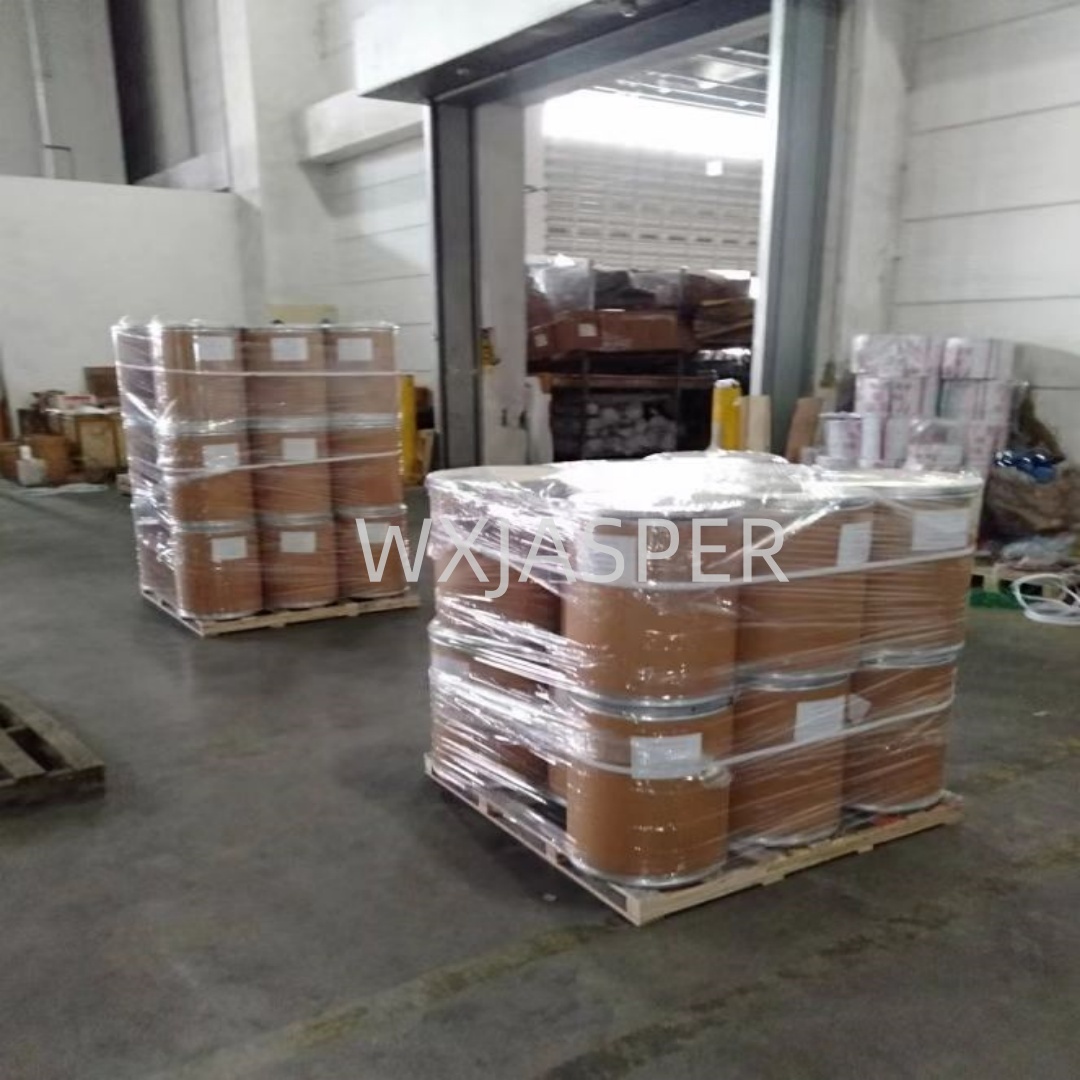-
Basic Information
- Chinese Common Name: 丙硫菌唑
- English Common Name: Prothioconazole
- English Trade Names: Proline, Provost (mixed with tebuconazole)
- CAS Number: 178928-70-6
- Molecular Formula: C₁₄H₁₅Cl₂N₃OS
- Molecular Weight: 344.2594
-
Physical and Chemical Properties: The pure form of prothioconazole is a colorless crystal with a melting point of 105.3℃ and a vapor pressure of 1.1×10⁻⁶ Pa (at 20℃). Its solubility in water is 1.34 g/L (at 20℃), and it is miscible with acetone, acetonitrile, chloroform, cyclohexanone, dichloromethane, methanol, toluene, and other solvents.
-
Toxicity: Low toxicity. It is non-teratogenic, non-mutagenic, non-toxic to embryos, and safe for humans and the environment.
-
Mode of Action: It belongs to the demethylation inhibitors (DMIs). By inhibiting the demethylation of lanosterol or 2,4-methylenedihydrolanosterol (precursors of sterols in fungi) at the 14th position, it interferes with the biosynthesis of ergosterol. This further disrupts the normal physiological processes of fungi, thereby achieving a fungicidal effect.
-
Product Features
- Broad Fungicidal Spectrum: It exhibits excellent control effects on almost all cereal diseases, such as powdery mildew, sharp eyespot, fusarium wilt, leaf spot, and rust in wheat and barley. It can also control soil-borne diseases and major foliar diseases of rapeseed and peanuts.
- Diverse Modes of Action: It has outstanding protective, curative, and eradicative effects, along with good systemic properties and a long persistent period.
-
Suitable Crops: Mainly used for cereal crops (e.g., wheat, barley, rice), rapeseed, peanuts, leguminous crops, and vegetables.
-
Application Methods
- For Wheat Fusarium Head Blight Control: Apply the 480 g/L prothioconazole suspension concentrate once at the early flowering stage and once at the full flowering stage of wheat. The dosage is 20-25 mL per mu (1 mu ≈ 0.0667 hectares) per application, with an interval of approximately 10 days between applications. The recommended water volume is 30-45 kg per mu.
- For Peanut Southern Blight Control: At the early stage of southern blight occurrence or the pegging stage of peanuts, use the 30% prothioconazole dispersible suspension concentrate and spray it evenly on the basal stems of peanut plants. Repeat the spray after an interval of 7-14 days.
-
Precautions
- To delay the development of fungicide resistance, it is recommended to alternate or mix prothioconazole with fungicides of different modes of action.
- Prepare the pesticide mixture on-site and use the prepared spray solution immediately. Avoid applying the pesticide under strong sunlight.
- The product is prohibited in aquaculture areas, rivers, ponds, and other water bodies and their vicinity. Do not clean pesticide application equipment in water bodies such as rivers and ponds. Do not dump the remaining pesticide solution randomly after application. It is also prohibited in areas where natural enemies (e.g., trichogramma wasps) are released.
- This product is irritating to the eyes; wear appropriate protective gear during application.


